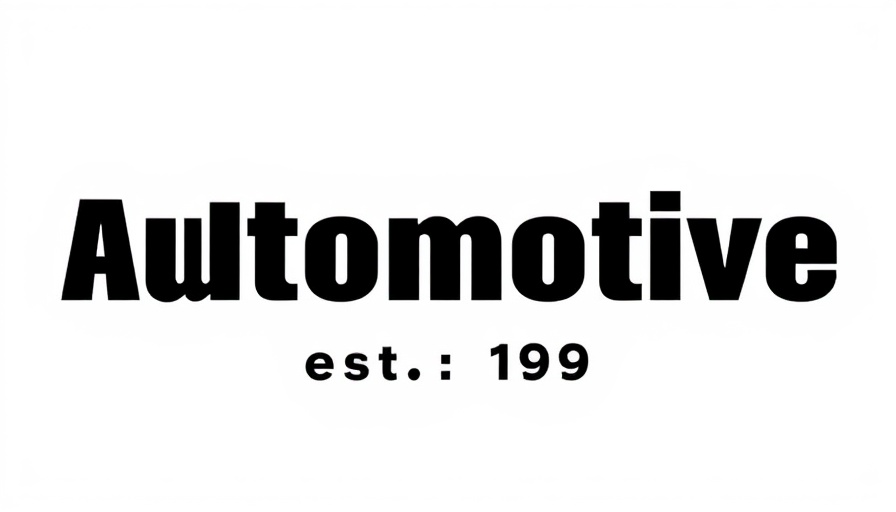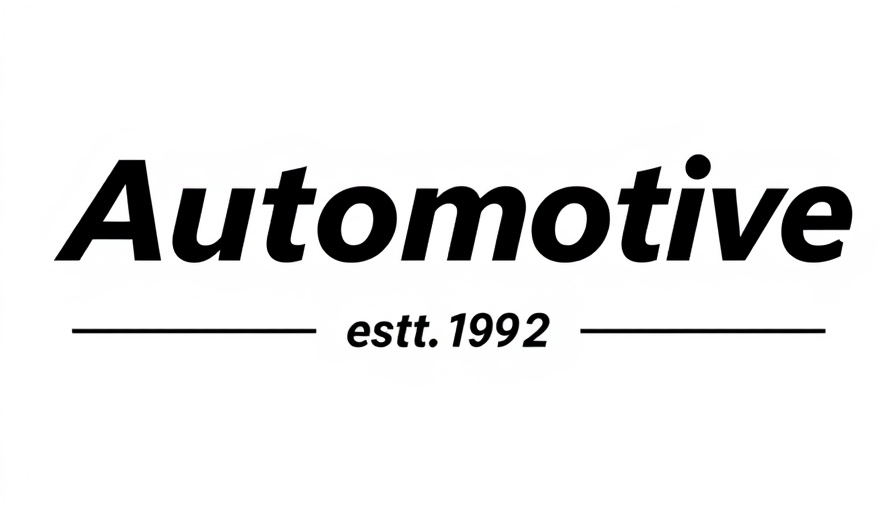
China Sets the Stage for Lidar Innovation with New Standards
In a significant step for automotive technology, China has officially implemented GB/T 45500-2025, a comprehensive standard that outlines performance requirements and testing methods for automotive lidar systems. Led by Hesai Group, a prominent player in the lidar arena, this new protocol aims to ensure the safe and efficient deployment of advanced driver-assistance systems (ADAS) and autonomous vehicles.
Defining Performance: What This Means for Automotive Lidar
With GB/T 45500-2025, manufacturers and automotive original equipment manufacturers (OEMs) now have unified methodologies to assess critical lidar performance metrics. Key benchmarks include ranging accuracy, angular resolution, anti-interference capabilities, and environmental durability. As the market for lidar technology expands — projected to reach USD 861 million in 2024 — these standards are essential for ensuring safety and enhancing product comparability.
The Global Lidar Market: Opportunities and Trends
The global lidar market is experiencing an exhilarating upswing, influenced by growing adoption rates in new energy vehicles, particularly in China, where installations now exceed 1.5 million units as of 2024. As consumer demand for safety and technological advancement grows, the significance of standardized testing cannot be understated. The performance standards introduced by GB/T 45500-2025 will likely lead to even greater market penetration, which is expected to double by 2025 in the segment of vehicles priced above RMB 150,000.
Hesai’s Leadership in Standardization
Hesai's commitment to the development of standardized protocols isn’t limited to China; their influence is felt globally. The introduction of ANSI/UL 4740 in September 2024 exemplifies this commitment, as the standard encompasses functional safety, cybersecurity, and electromechanical reliability of lidar systems, developed alongside major industry players like Intel and Bosch.
Driving Industry Consensus for Safe Technology Implementation
Hesai’s leadership role in creating the GB/T 45500-2025 standard and international regulations highlights a proactive approach toward establishing safety within the lidar industry. As the technology evolves, Hesai's participation in various standard-setting bodies ensures that the interests of manufacturers, consumers, and safety remain aligned.
Preparing for the Future of Mobility
As the automotive industry gears up for an era dominated by autonomous driving technology, standards like GB/T 45500-2025 act as pivotal reference points that foster trust among consumers. Knowing what to expect from lidar systems boosts confidence among dealerships and sales teams, allowing them to communicate the value of new technologies effectively to customers.
With the automotive landscape continuing to adapt, embracing standardized training for auto sales professionals becomes crucial. Programs focusing on car sales training and auto salesman training should integrate insights from developments like these standards to prepare staff adequately for a rapidly changing marketplace.
In conclusion, as stakeholders in the automotive sector position themselves ahead of these transitions, understanding the implications of lidar standards like GB/T 45500-2025 is essential. The robust methodologies established not only propel technology advancement but also foster a secure and competitive environment for auto sales professionals.
 Add Row
Add Row  Add
Add 

 Add Row
Add Row  Add Element
Add Element 




Write A Comment